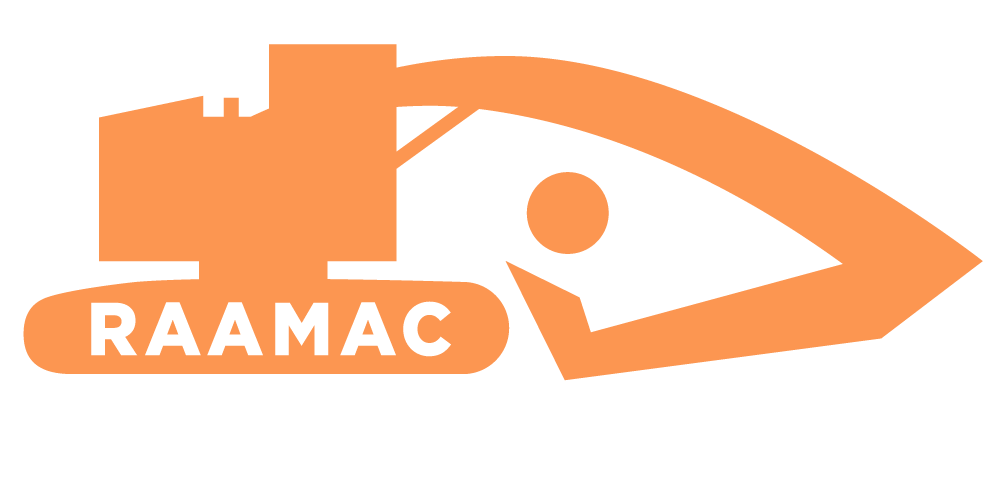Overview
Ensuring compliance with contract documents and the building code applicable to the project under construction requires photographic documentations and close visual inspection by field inspectors. The visual inspection by field inspectors in the current practice, however, is very time-consuming and labor intensive, although repeated for every project.
Vision-based quality monitoring using unordered digital imagery can help reduce cost and help expedite the current field inspection processes. Our study focuses on detecting and visualizing quality non-conformances for steel and concrete structures. It has the potential to provide a notable improvement in the productivity of both steel and concrete industry, and ultimately prevents the cost and the lost in time associated with construction defects.
In our proposed methods, a field inspector can carefully walk around a structure and take a complete video footage. Using a pipeline of Structure from Motion and Multi-view Stereo image-based 3D reconstruction algorithms, a dense 3D point cloud model will be generated. Using algorithms developed for checking non-conformances, the as-built 3D point cloud model is inspected. Any non-conformance detected is visualized in 3D on mobile devices to help inspectors identify any problems that need immediate attention.
Products
Research Publications
Software and Patents
Datasets
Videos
Share this
Research Areas
Image-based 3D Mapping of Rebar Location for Safe Drilling Areas in Concrete Bridge Decks
In collaboration with National Institute of Standards and Technology (NIST), this work proposed a new vision-based approach for 3D mapping the locations of the rebar and embedded components in a railway bridge deck prior to placement of concrete. Our approach enables practitioners to quickly and automatically identify where the rebar and other underlying components are within the bridge decks, locate safe and unsafe drilling area, and creates a valuable documentation for future retrofit or rehabilitation of the concrete bridge decks.
AUTOMATED VISION-BASED FIELD INSPECTION OF CONCRETE REINFORCING BARS
The visual inspection of reinforcing bars is largely done manually and is time-consuming and non-systematic. Moreover, the current practice of field inspectors walking into rebar cages and footings for close assessments can be a potential safety hazard on jobsites and can damage the integrity of the structure. To minimize the challenges of the current practice, this paper proposes a computer vision-based method for field inspection.
AUTOMATED VISION-BASED FIELD INSPECTION OF Element Flatness and Plumbness
Given a 3D point cloud model, the goal of this research is to create and validate a new method that can automatically inspect flatness and plumbness of structural elements and surfaces. Automated identification of non-conformance can reduce the time and cost the current practice requires and reduce possible rework due to non-conformance.




